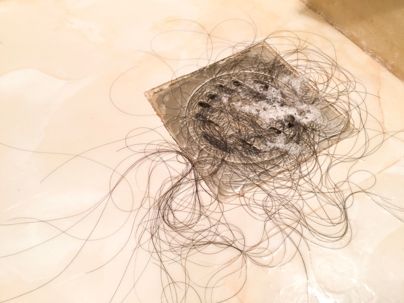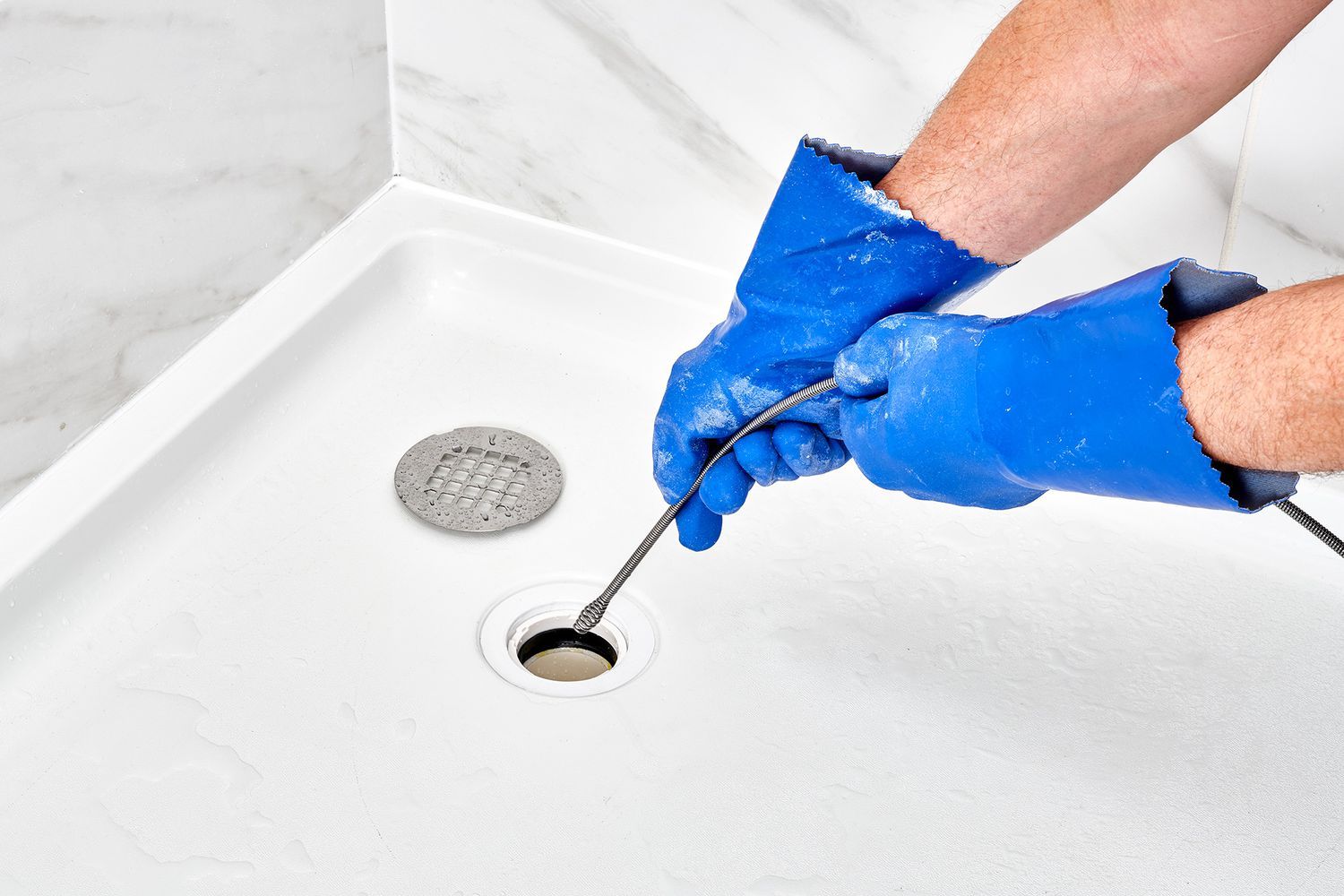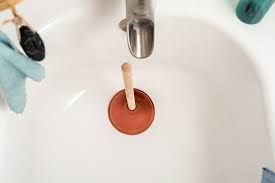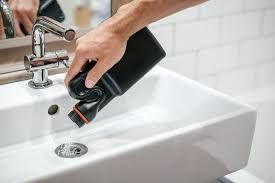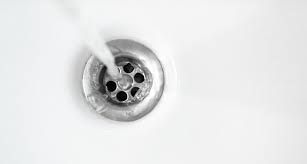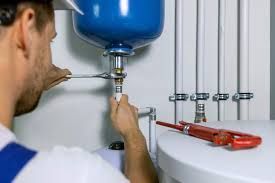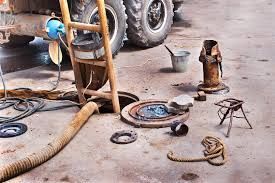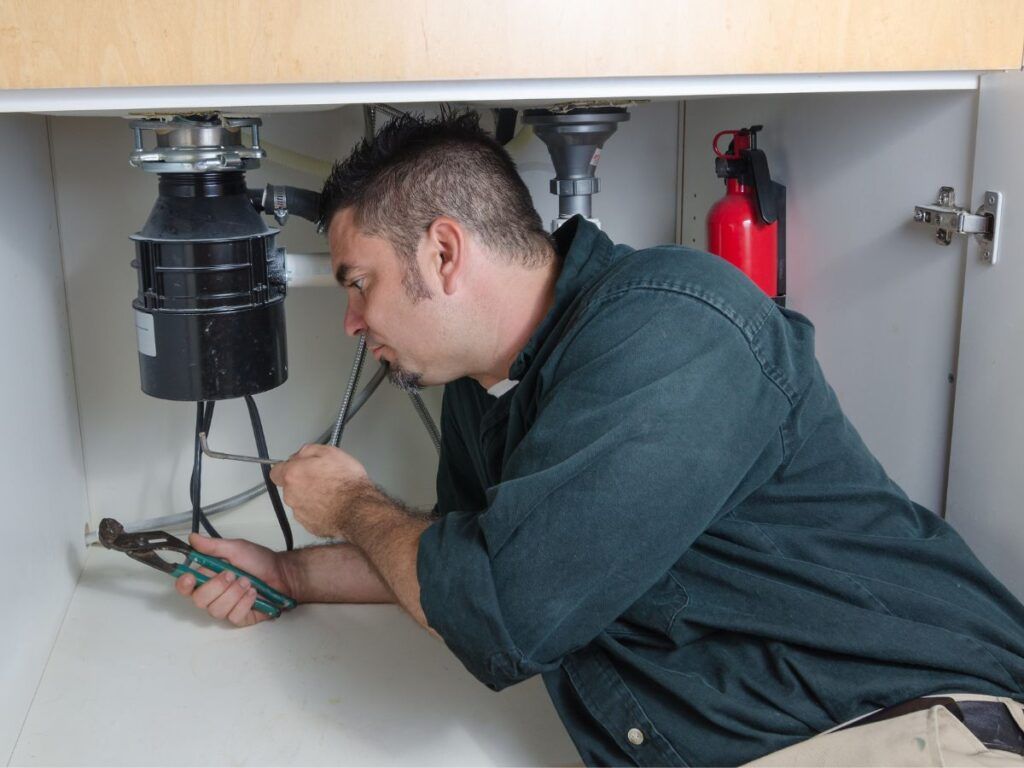4 Effective Ways to Unclog a Kitchen Sink
We've all been there, right? Standing over a clogged kitchen sink, watching the water stubbornly refuse to drain, and feeling that frustration build up. It's a real hassle, but don't worry – I've got your back. In this guide, we'll dive into four effective ways to unclog that kitchen sink of yours. From using a specialty plunger to calling in the pros, you'll find everything you need to get your sink back in working order. Ready? Let’s get started.
Plunge the Kitchen Sink with a Specialty Plunger
First up, let’s talk plungers. But not just any plunger – you’ll want one designed specifically for sinks. These plungers are shaped differently from the ones you might use in the bathroom, giving them better suction to tackle sink clogs. Here’s what you do: fill the sink with enough water to cover the plunger's head, position it over the drain, and start plunging with steady, firm motions. Avoid the temptation to go too fast – a consistent rhythm works best. In no time, you should start to see the water moving, signaling the clog is loosening up.
Dissolve the Clog with Drain Opening Products
If the plunger doesn’t do the trick, it’s time to break out the drain opening products. These come in two main types: chemical and enzymatic. Chemical cleaners work fast but can be harsh on your pipes and the environment. Enzymatic cleaners are a gentler, eco-friendly option that uses natural enzymes to eat away at the clog. Whichever you choose, be sure to follow the instructions on the label carefully. Pour the product down the drain, let it sit for the recommended time, and then flush with hot water. Safety first – wear gloves and ensure the area is well-ventilated.
Use Boiling Water to Remove the Clog
Next, let’s look at a method that’s both simple and effective: boiling water. This works particularly well for clogs caused by grease or soap buildup. Boil a large pot of water and carefully pour it down the drain in stages, giving it a moment to work between pours. The heat helps to melt and dislodge the clog, allowing it to flow down the pipes. Just be cautious – this method isn’t suitable for sinks with plastic pipes, as the high temperature can cause damage.

Dissolve the Clog with Baking Soda and Vinegar
For those who prefer a natural solution, the dynamic duo of baking soda and vinegar is your best friend. Start by pouring a cup of baking soda down the drain, followed by a cup of vinegar. You’ll hear fizzing – that’s the reaction breaking down the clog. Let the mixture sit for about 15 minutes, then flush with hot water. This method is great because it’s safe, environmentally friendly, and you probably already have these ingredients in your kitchen.
Call a Professional
Sometimes, despite your best efforts, the clog just won't budge. That’s when it’s time to call in a professional plumber. If you notice persistent issues like water backing up, slow drainage, or unpleasant odors, these are signs of a more severe clog that needs expert attention. Look for a reputable plumber in your area who can assess and address the problem safely and efficiently.
Conclusion
So, there you have it – four effective ways to tackle a clogged kitchen sink. From plunging and boiling water to using natural solutions like baking soda and vinegar, you’ve got plenty of options to try before calling in a pro. Remember, regular maintenance can help prevent future clogs, keeping your kitchen sink running smoothly. Happy unclogging!
